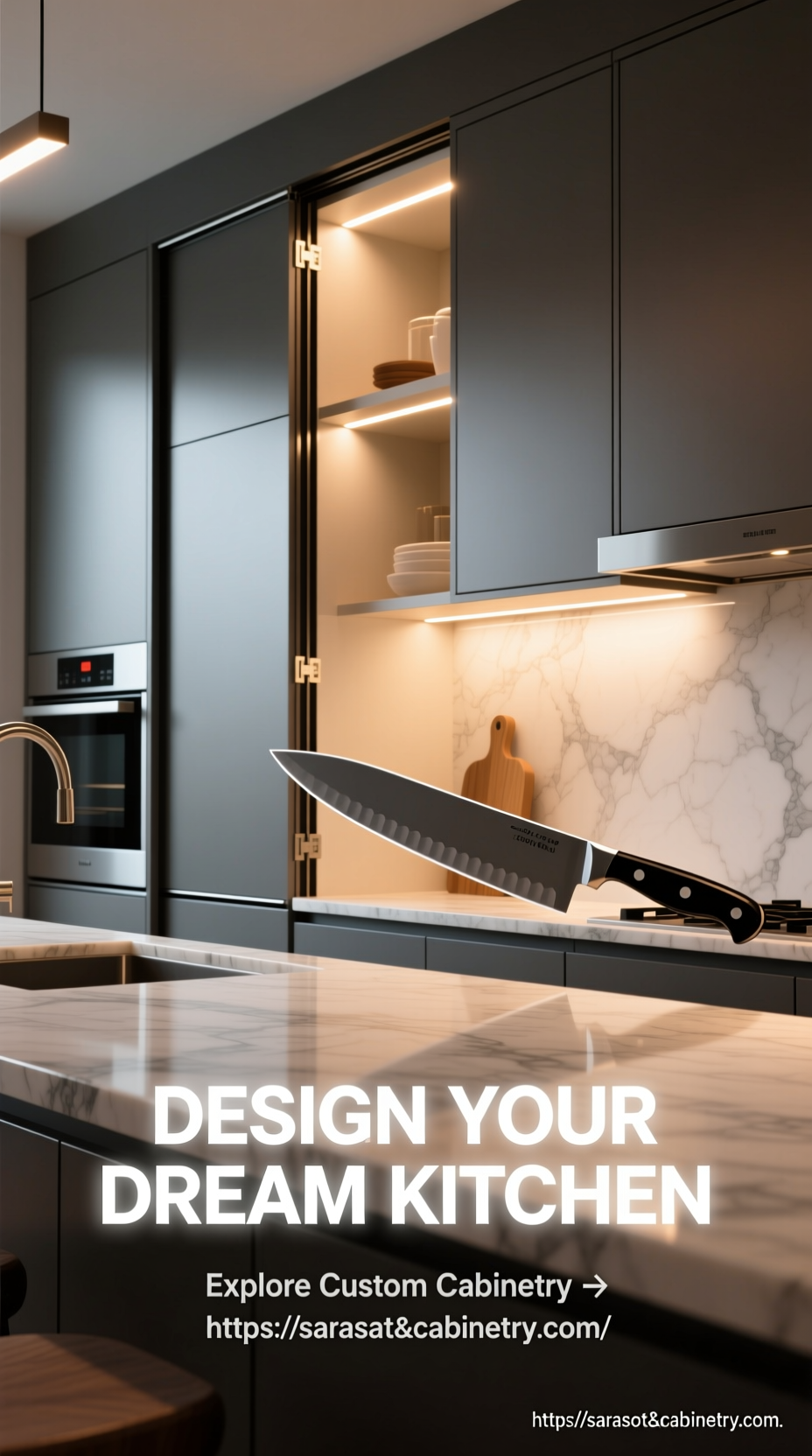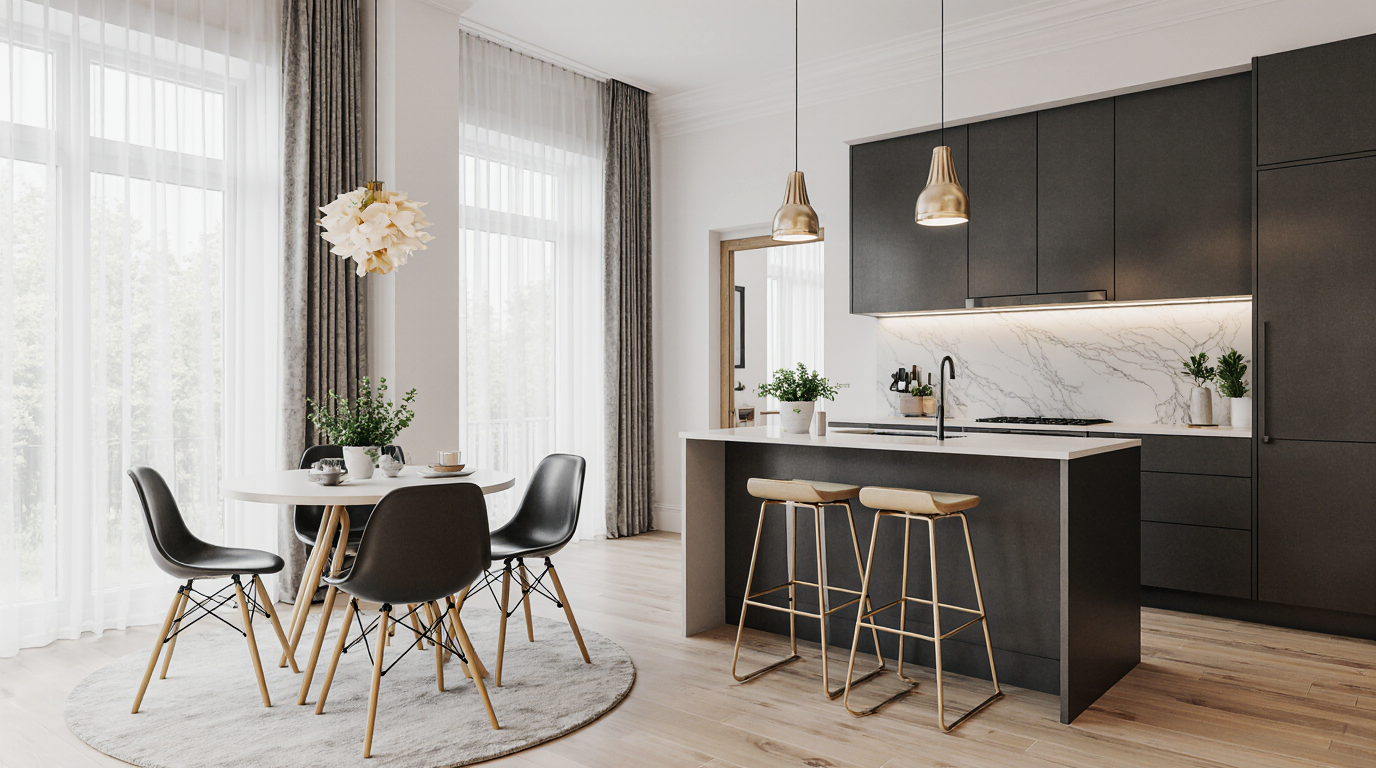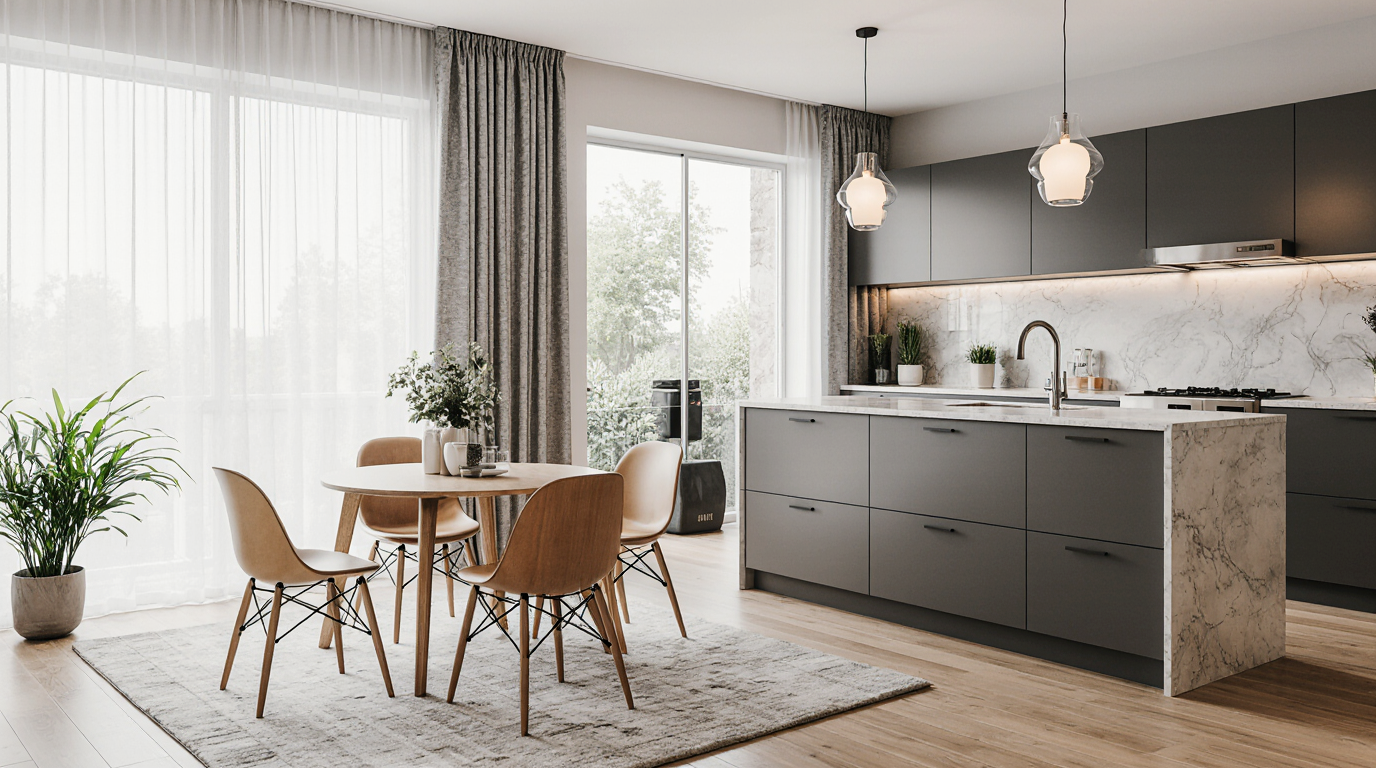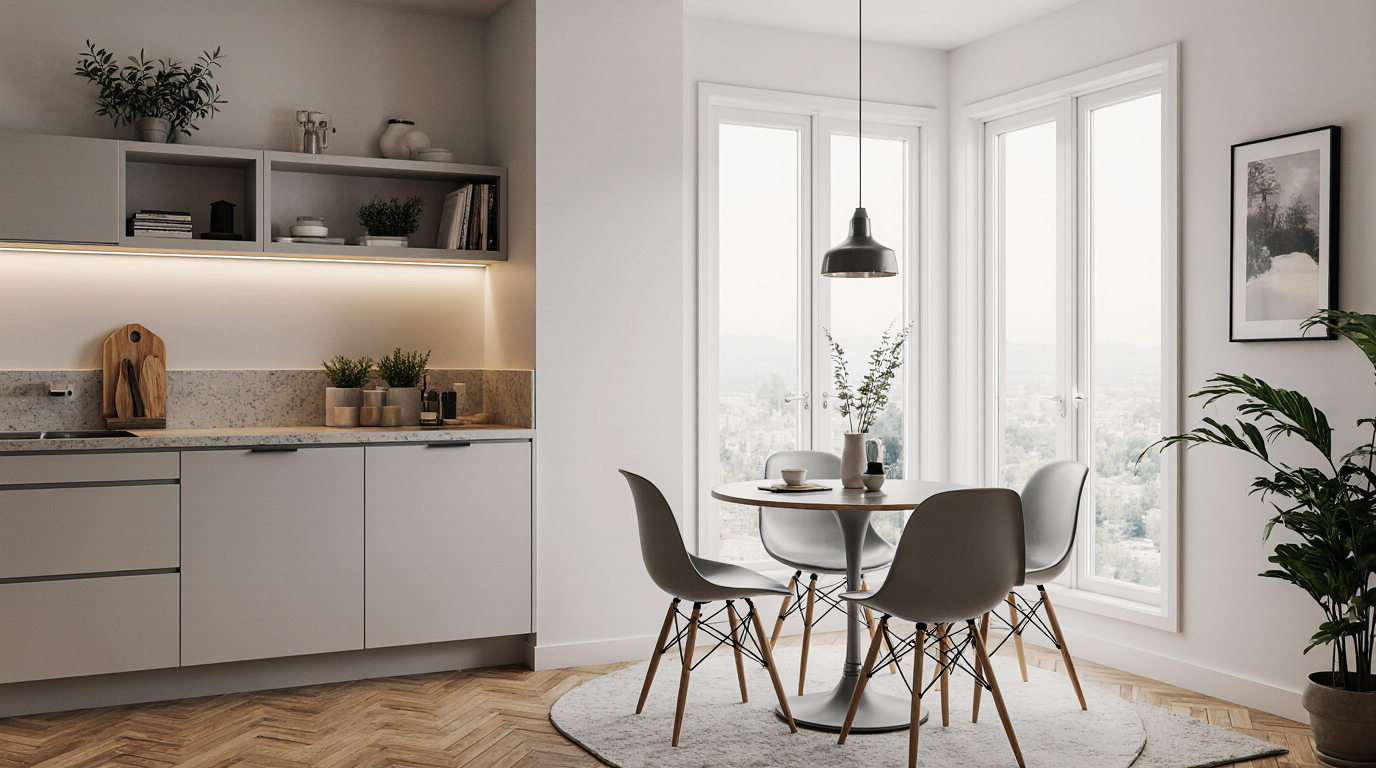Kitchen Dining Area Ideas
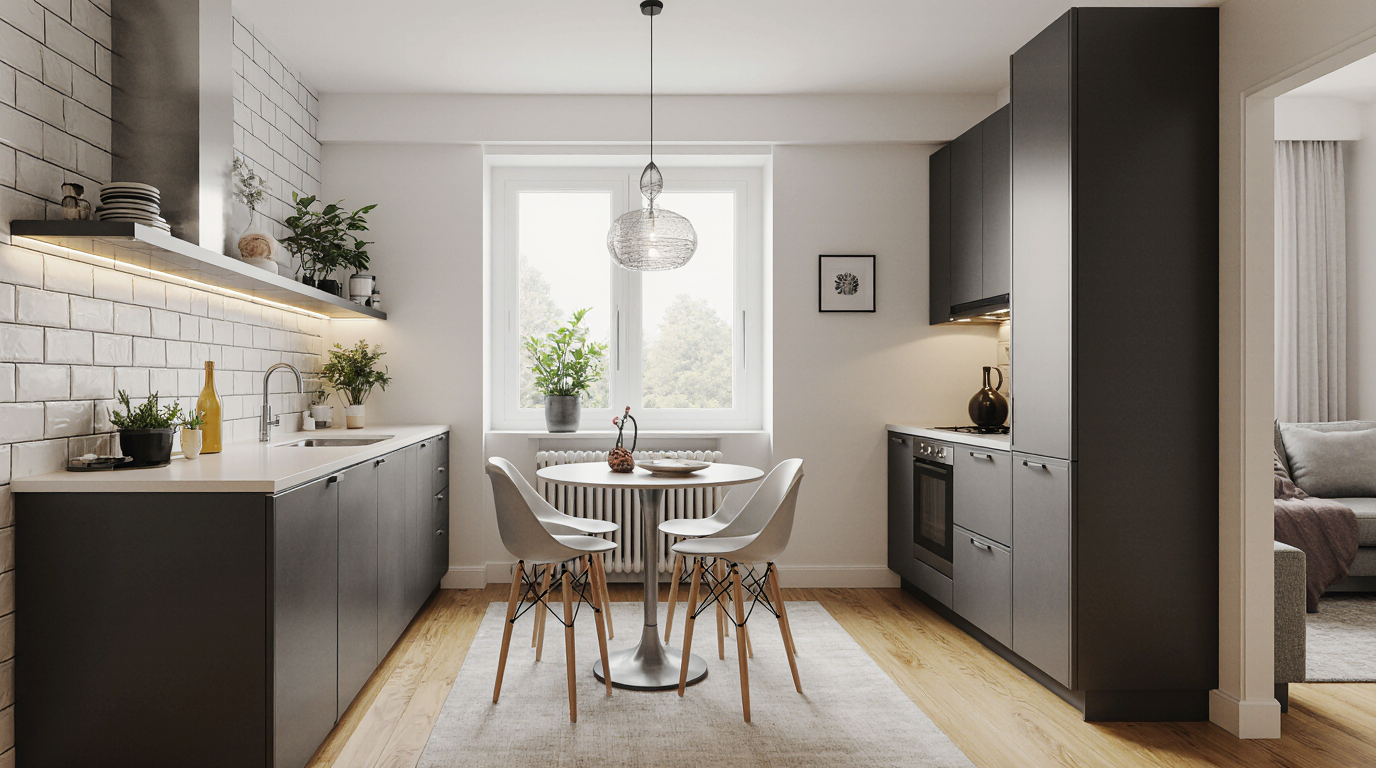
Kitchen Dining Area Ideas: Transform Your Space Into a Stylish and Functional Culinary Hub
Planning a kitchen dining area demands meticulous attention to visual appeal, practicality, and livable comfort, where each element contributes to more than just meal service, transforming the space into a central hub for family gatherings, casual entertaining, and daily routines. Incorporating ergonomics, traffic flow optimization, and visual continuity can transform ordinary kitchen dining areas into stylish, functional, and memorable spaces. Designers emphasize that every element, whether structural or decorative, impacts the overall ambiance, efficiency, and style of the culinary hub.
Ensuring a harmonious integration of dining within the kitchen space involves careful planning to optimize mobility, convenience, and practical usability. Many modern homeowners embrace open layouts, allowing kitchens to merge fluidly with dining areas, enhancing both visual and functional connectivity. Positioning the dining table near natural light sources, such as windows, skylights, or glass doors, enhances spatial perception and creates a welcoming ambiance. Designing islands that serve dual purposes for meal prep and dining creates a harmonious, functional, and sociable kitchen environment.
Material choices, including surfaces, finishes, and textures, significantly influence both the aesthetic appeal and practical durability of the space. Durable surfaces like quartz, granite, or premium laminates offer a balance of elegance and strength for countertops. Flooring options, from hardwood and engineered wood to contemporary tiles, establish visual continuity while maintaining comfort underfoot. Thoughtful color palettes, combining subtle neutrals with accent tones, can enrich the room’s character and depth.
Lighting is pivotal in shaping both function and mood within a kitchen dining space. Pendant lights over dining tables or islands provide focused illumination for food prep and meals, while recessed ceiling lights maintain overall brightness. Incorporating dimmable options allows adjustment of lighting to suit casual dinners, family gatherings, or festive occasions. Strategically harnessing sunlight not only brightens the area but also visually expands and energizes the environment.
Storage solutions are vital for a clutter-free, efficient, and organized kitchen dining area. Tall cabinets, pull-out drawers, lazy Susans, and hidden compartments optimize accessibility while maximizing vertical space. Open shelving can highlight decorative objects, fine china, or culinary literature, blending aesthetic appeal with practicality. Soft-close mechanisms, coordinated with dining table setups, offer a luxurious, user-friendly experience while streamlining meal prep and cleanup.
Small spaces demand foldable, extendable, or modular furniture solutions to achieve functionality without crowding. Adaptable furniture solutions can accommodate varying guest numbers while maintaining open floor areas. Integrated seating options combine storage efficiency with streamlined design, optimizing limited space. Strategic placement of reflective elements amplifies light and visual expansion, making small areas feel larger.
Decorative accents, artwork, and textiles create a unique ambiance, turning a functional area into an inviting retreat. Plants and live herbs enrich the environment with freshness, aroma, and visual charm. Technology-enabled solutions streamline functionality, improve efficiency, and elevate the contemporary appeal of the kitchen dining area.
Acoustic considerations improve comfort and intimacy, reducing noise and enhancing dining experiences. Acoustic interventions, such as textiles and wall treatments, balance function with aesthetics, optimizing sound quality.
Eco-friendly choices, from energy-efficient appliances to low-VOC finishes, promote health and environmental responsibility. Choosing eco-friendly finishes, durable surfaces, and sustainable accessories aligns with contemporary conscious living. Integrating eco-conscious choices into kitchen dining areas creates spaces that are attractive, functional, and socially responsible.
By combining innovative layouts, carefully chosen materials, functional storage, layered lighting, and personalized touches, a kitchen dining area transcends mere utility to become the stylish centerpiece of the home. The space supports comfortable living, relaxed socialization, and seamless meal preparation. Smart, detailed, and deliberate design choices transform ordinary kitchens into multifunctional, aesthetically rich, and welcoming dining spaces.

